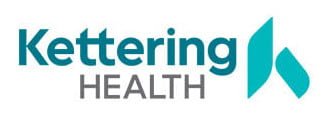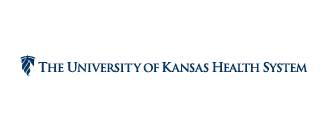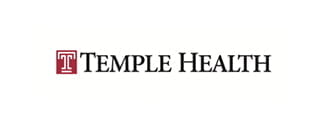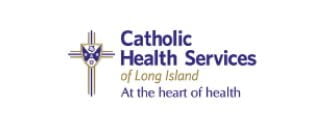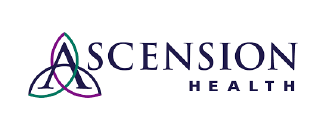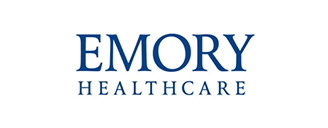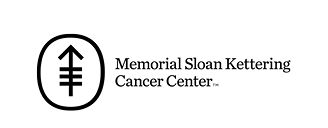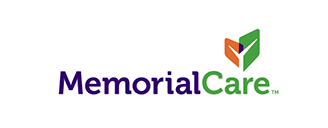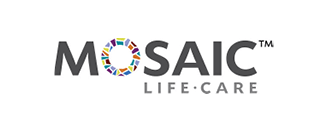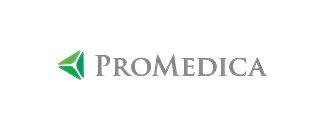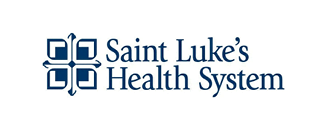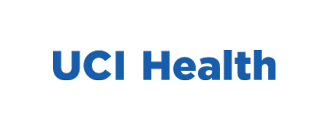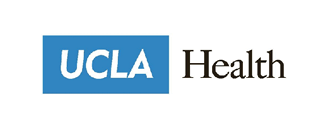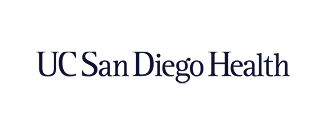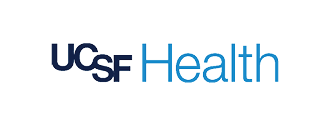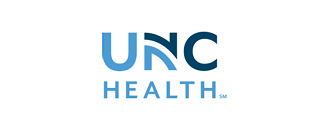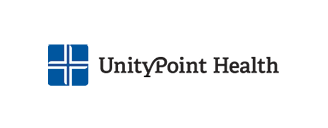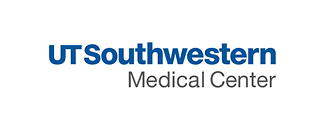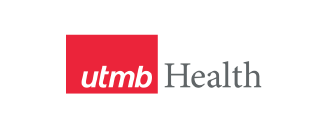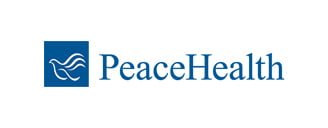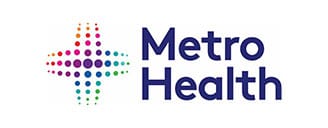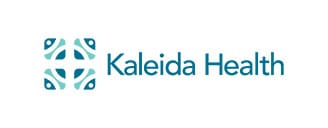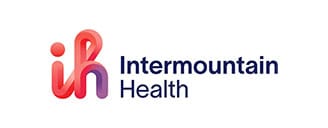Introduction
Planning for healthcare supply chain resilience is more important now than ever. Since the pandemic first shook the foundation of the healthcare supply chain, the impact of disruption is now much too obvious to ignore.
In the fourth and final article of our series on Getting Comfortable with the Uncomfortable, we explore the evolution of resilience planning strategies post-pandemic and highlight a few best practices gleaned from this era to help you plan for future disruptions.
Why healthcare supply chain resilience in the post-COVID era
98 percent of hospital leaders said that the pandemic exposed significant supply chain vulnerabilities within their hospitals. As a result, most hospitals have reported that their supplies management and procurement processes have already changed in the wake of COVID-19.
However, the same survey indicated that 62 percent of hospital leaders believe that there is much more to be done to address vulnerabilities and plan for future resilience. Whether the industry is ready or not, the pandemic has imposed an urgent need for a new approach to supply chain resilience.
Much of this approach can be made easier by modernizing the foundation of the healthcare supply chain with technology. This includes transitioning paper-based P2P processes, legacy inventory management, and outbound shipping to digital, cloud-based platforms. We discuss more strategies for resilience in the next section.
The evolving strategies for healthcare supply chain resilience
Planning for resilience looks much different in the post-pandemic era than it did before. Thanks to both technological advances and the lessons learned from COVID-19, the strategies for building resilience have evolved.
The first such evolution is the industry’s approach to procurement. Before the pandemic, many health systems relied on a “just-in-time” procurement strategy. This strategy aimed to reduce storage needs and therefore costs by delivering supplies just before they were needed.
However, when the pandemic first struck and health systems were quickly overwhelmed by demand, so were their supplies. The just-in-time approach fell apart as health system’s inventories were depleted and supply teams were unable to procure supplies as rapidly as they were being used.
This vulnerability directly relates to the impact of broader supply disruptions. Prior to the pandemic, the U.S. healthcare system was reliant on global healthcare manufacturing and sourcing. For example, the U.S. imported over $125 billion pharmaceutical goods in 2019, just before the pandemic struck.
When the pandemic made it very difficult, and in some cases impossible, for global suppliers to reach U.S. health systems, many were left to operate without critical PPE including face masks and isolation gowns. When these supplies were available, they were often significantly inflated in price. Some hospitals were paying as much as $5.20 per mask during the pandemic.
Today, health systems are now beginning to recognize the importance of a diverse supplier network to ensure their access to critical medical equipment and PPE. Many hospitals pivoted towards regional and local manufacturers and suppliers to fulfill supply needs during the pandemic. Continuing to prioritize local relationships can help health systems stay resilient in the wake of future disruptions as well.
Build healthcare supply chain resilience with VPL
Our healthcare supply chain solutions can help you take control of your supply chain to build resilience against future disruptions. First, our solution can make it easier for you to diversify your suppliers with our multi-carrier inbound and outbound shipping.
By combining choice with transparency, our solution allows you to see exactly what you’re paying for on every shipment. With better insights into all expenses within your freight program, we can help you hold all your suppliers accountable to pricing agreements, rates, and fees.
Next, our real-time tracking helps bolster your health system’s evolving procurement needs. With real-time order status updates and proactive notifications, we can help you plan for contingencies to reduce delayed or cancelled procedures. We also promote clinical alignment by allowing anyone in your health system to easily search an order.
Investing in resilience planning efforts presents unique challenges of its own. These features and the many others we offer are designed to make it easy for health systems build resilience post-pandemic. With multi-faceted support all on a single platform, we help you get the most out of your investment.
Conclusion
Healthcare supply chain resilience will continue to be a priority for health systems for years to come. While we learned many lessons from the pandemic, it will take a concerted effort to put them to good use.
As discussed earlier in our series, digital transformation will be a key ingredient in modernizing the healthcare supply chain. Digital tools will also be foundational to the industry’s resilience by facilitating new initiatives to strengthen the supply chain.
This blog is the last in our series on Getting Comfortable with the Uncomfortable: The top trends powering the future of the healthcare supply chain.” To learn more about our healthcare supply chain solutions visit getvpl.com to schedule a demo today. And stay tuned for our upcoming whitepaper on Getting Comfortable with the Uncomfortable.
About VPL
We modernize clinical supply chains to support healthier patients. Our technology-driven solutions and consultative customer experience empower health systems and outpatient pharmacies to build smarter, more resilient supply chains. With over 700 hospitals and a 97% customer retention rate, we’re trusted to deliver transparency, cost savings, and peace of mind.
